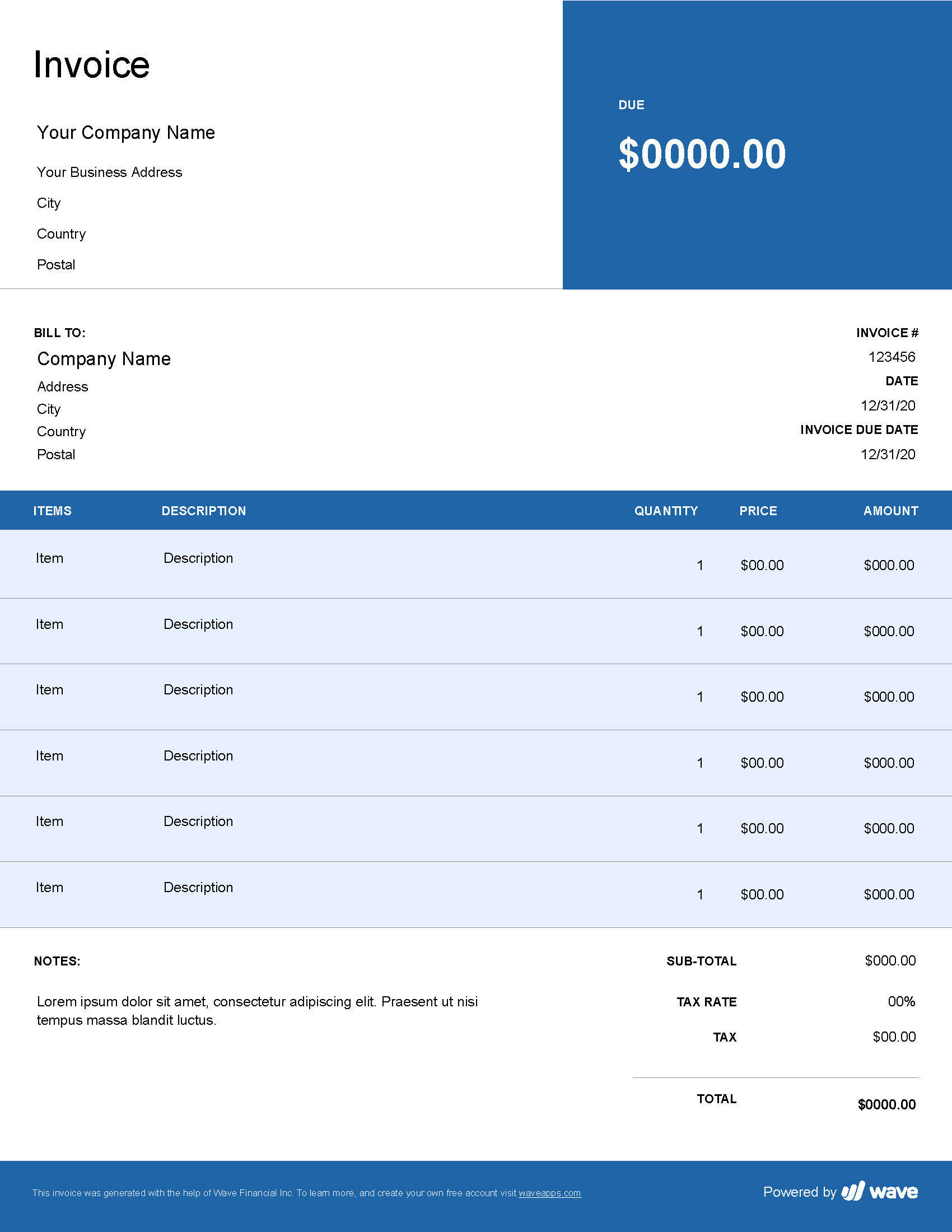Table of Content
- Insurance for Home Healthcare Aides
- How to Become a Home Health or Personal Care Aide
- Get Free Online Quotes and get coverage instantly
- Using Traditional Health Insurance Plans To Pay For Home Care
- How Does Medicare Cover Home Health Care
- What is the difference between a caregiver and a home health aide?
You can get these services if you are moving into your own home or apartment, your family’s home or apartment, or a small community-based group home containing no more than four unrelated people. The amount Medicaid will pay towards in-home care varies based on the state and the Medicaid program in which one is enrolled. Some programs may cover the cost of a personal care assistant several hours a day / several days a week, adult day care a few days per week, or respite care a couple of times per month. A certified nursing assistant and a patient care assistant are not necessarily the same thing, though they perform very similar jobs. You provide personal care directly to patients, but not medical care. A CNA must complete a medical certification program after high school.

Some Medicare Advantage plans may include limited home health benefits. However, in some states, Medicaid allows relatives to get paid for home care services they provide. Medicaid payments to family home care providers vary by state, but some do have programs in place that cover these payments instead of paying a home care agency. Medicare will cover 100% of the costs for part-time home health services. Part-time means less than seven days a week or less than eight hours a day over a period of 21 days.
Insurance for Home Healthcare Aides
For example, in 2021, in New York an applicant must have income that is lower than $884 a month and fewer than $15,900 in assets to qualify. But Minnesota’s income limit is $2,382 and its asset limit is $3,000, while Connecticut’s income limit is also $2,250 but its asset limit is just $1,600. Contact a licensed insurance agent who can help you compare Wellcare Medicare Advantage plans available plans in your area and the home health care coverage offered by each. You can also compare plans online for free, with no obligation to enroll. Home Health Services are Medicaid State Plan services provided on a part-time and intermittent basis to Medicaid consumers of any age. Home health services include home health nursing, home health aide, and skilled therapies .
This includes assistance with activities of daily living like bathing, dressing, toileting, eating, mobility and more. Also known as Medicare Supplement Insurance, Medigap is additional policy coverage that works alongside Original Medicare benefits . The supplemental policy is purchased from a private company to pay for the gaps in costs not covered by Medicare, such as copays and deductibles. Neither Medicare nor Medigap policies are designed to pay for long-term care, so their coverage for in-home services is typically limited to medically necessary care over the short term.
How to Become a Home Health or Personal Care Aide
Although minor and infrequent medical services, such as first-aid for a wound, can sometimes be met on-site by nurses. These communities may sometimes also be called ALFs, residential care facilities, retirement homes, or long-term care facilities. They often work directly in the patient’s home or in a care facility. Home health aides also monitor or report changes in health status, and sometimes provide personal care such as bathing, dressing, and grooming of patient. A home health aide is one of the entry level healthcare positions.
For most profiles, this tab has a table with wages in the major industries employing the occupation. This table shows a list of occupations with job duties that are similar to those of home health and personal care aides. Home health and personal care aides must be dependable and trustworthy so that clients and their families can rely on them. They also should be respectful when tending to personal activities, such as helping clients bathe. Home health and personal care aides must be sensitive to clients’ needs, especially while in extreme pain or distress. Employment of home health and personal care aides is projected to grow 25 percent from 2021 to 2031, much faster than the average for all occupations.
Get Free Online Quotes and get coverage instantly
HCBS Medicaid waivers and LTSS demonstration waivers generally allow higher income limits than do state Medicaid plans. Often, these waivers utilize the same eligibility requirements as does institutional Medicaid. As a general rule of thumb, in 2022, 300% of SSI is used as the income limit.
Can using home care technology help your family save money caring for an aging loved one? Our goal is not to provide a comprehensive list, but rather to make sense of those that are available on the market today and can reduce the care hours required by elderly persons. As such, they can reduce a family’s out-of-pocket care costs or reduce the hours they spend providing care themselves. Medicaid payment rates, the amount doctors receive for providing services, are on average lower than Medicare or private coverage.
hour live-in Home Healthcare Aide salary
It often allows care recipients to hire relatives as paid caregivers. Commonly, adult children can be hired and paid to provide care for their aging parents. 3 ways of getting paid as a family caregiver 3 ways of getting paid as a family caregiver. Most states have Medicaid programs that give money to seniors so they can hire an in-home caregiver. Home health aides tend to shower patients with love and care to help promote healing and overall well-being. They are responsible for taking care of patients who are suffering from chronic illnesses or disabilities, or are elderly and need continuous care while living at home.

For example, if you’re an expert on caring for elderly people with cardiac issues, home health agencies that pay good would be seeking you out. These caregivers are sought-after by those who have loved ones suffering from heart disease or other chronic conditions. Home health aides in Washington earn the highest average annual salary at $36,120, according to the Bureau of Labor Statistics. The What They Do tab describes the typical duties and responsibilities of workers in the occupation, including what tools and equipment they use and how closely they are supervised. This tab also covers different types of occupational specialties. Registered Nurses Registered nurses provide and coordinate patient care and educate patients and the public about various health conditions.
24-hours live-in Home Healthcare Aides are paid extra to cover long shifts that require extra attention and care. Nursing Assistants and Orderlies Nursing assistants provide basic care and help patients with activities of daily living. Certified home health or hospice agencies that receive payments from federally funded programs, such as Medicare, must comply with regulations regarding aides’ employment. Private care agencies that do not receive federal funds may have other employment requirements that vary by state. Medicare Advantage plans are offered by private insurance companies. They must provide the same coverage as Original Medicare at a minimum.

Home health and personal care aides may need to meet requirements specific to the state in which they work. For example, some states require home health aides to have a license or certification, which may involve completing training and passing a background check and a competency exam. Home health and personal care aides typically need a high school diploma or equivalent, although some positions do not require a formal educational credential. Postsecondary nondegree award programs are available at community colleges and vocational schools.
Occupational Therapy Assistants and Aides Occupational therapy assistants and aides help patients develop, recover, improve, as well as maintain the skills needed for daily living and working. CareerOneStop includes hundreds of occupational profiles with data available by state and metro area. There are links in the left-hand side menu to compare occupational employment by state and occupational wages by local area or metro area. There is also a salary info tool to search for wages by zip code. Medicaid’s home care programs are state-run, and each state has different rules about how to qualify. Because Medicaid is available only to low-income individuals, each state sets its own asset and income limits.

They need to listen closely to what they are being told and convey information clearly. Compare the job duties, education, job growth, and pay of home health and personal care aides with similar occupations. Private health insurance plans may pay for select elder care services, but coverage varies from plan to plan. Most forms of private insurance will not pay for non-medical home care services, and in-home skilled care is rarely covered at 100 percent. Many Medicaid programs allow for consumer direction of personal care / attendant care services. This means that Medicaid recipients can hire the person of their choosing, including friends and relatives.
They may work evening and weekend hours, depending on their clients’ needs. Home health and personal care aides must adhere to specific rules and protocols to help care for clients. They must carefully follow instructions, such as how to care for wounds, that they receive from other healthcare workers. Home Health and Personal Care Aides earn less than the average worker in the United States. According to the Bureau of Labor Statistics , the average salary for home health and personal care aides is $29,430 per year.
No comments:
Post a Comment